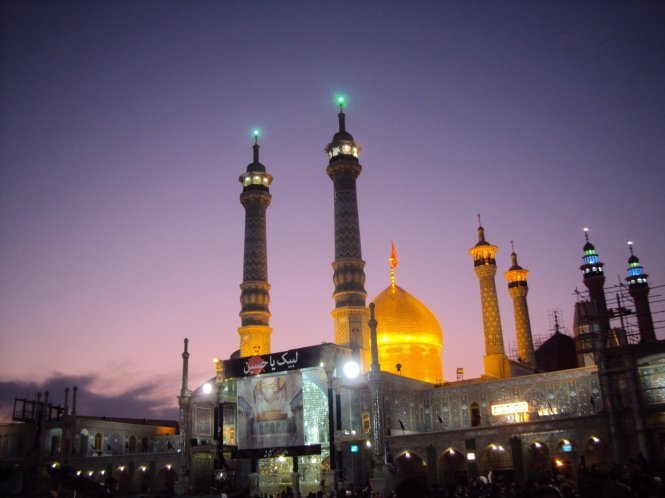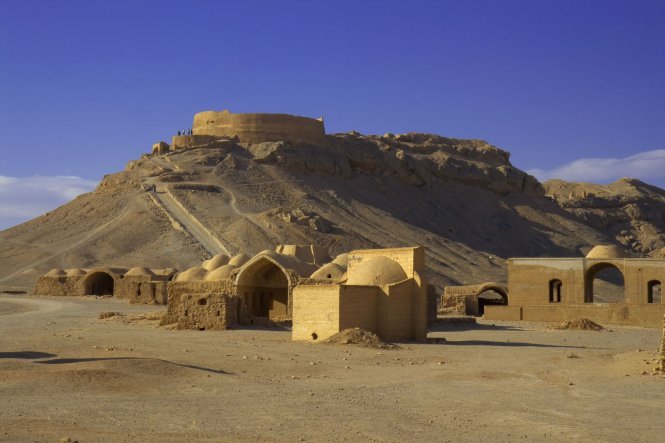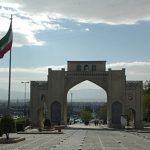Iran tourist attractions — Why choose Iran to travel?
With international sanctions eased and many historical sites, ski resorts, and huge deserts, Iran tourism attracts tens of millions of people each year.

The fact that Iran improved its relationship with the West by reaching a nuclear deal with the world’s great powers in July 2015, and that international sanctions against Iran were lifted in January 2016, has opened a huge door for tourism in Iran, the country of the famous Thousand and One Nights tale.
A bright prospect of Iran tourism
According to Iranian authorities, the earnings from tourists are important to compensate for the harm caused by falling oil prices and helps to reduce the economy’s reliance on black gold (petroleum). Iran’s goal is to have more than 20 million tourists each year from now until 2025, with a fivefold rise in foreign currency earnings, reaching more than 30 billion USD from tourism.
Since Mr. Hassan Rouhani’s election as president in 2013, Iranian cities ranging from Ispahan to Persepolis, Shiraz, and the capital city of Tehran have attracted an increasing number of international visitors.
According to Iran tourism figures, there were 4.16 million tourists to Iran in the first nine months of the Iranian calendar (beginning in March 2015), a 5% rise over the same period the previous year. Nearly two-thirds of visitors come from neighboring countries like Iraq, Azerbaijan, Armenia, Pakistan, and Afghanistan.
Pilgrims visiting Shiism’s holy towns account for a sizable proportion of tourists.
According to Mr. Ebrahim Pourfaraj, Chairman of the Association of Iranian Tour Operators, visitors place a high value on a destination’s sense of security and tranquility.
As a result, Iran anticipates an increase in visits from Western nations like Australia and Japan, whereas many other countries in the Middle East feel alienated as a result of ongoing military conflicts and terrorist attacks.
At the moment, numerous travel corporations from industrialized nations have arrived in Iran to work on tourist projects.

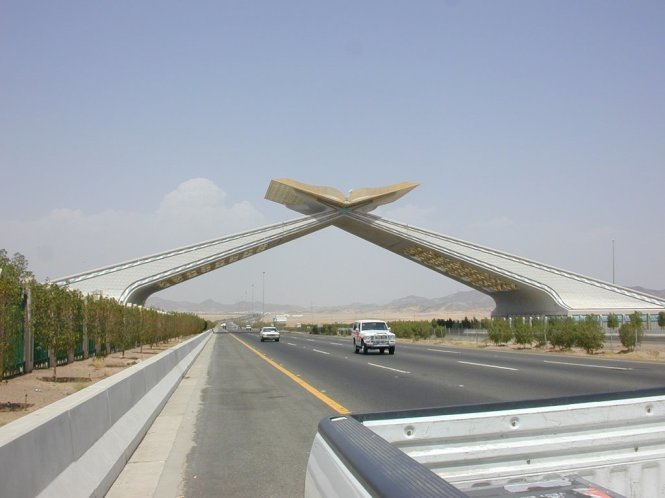
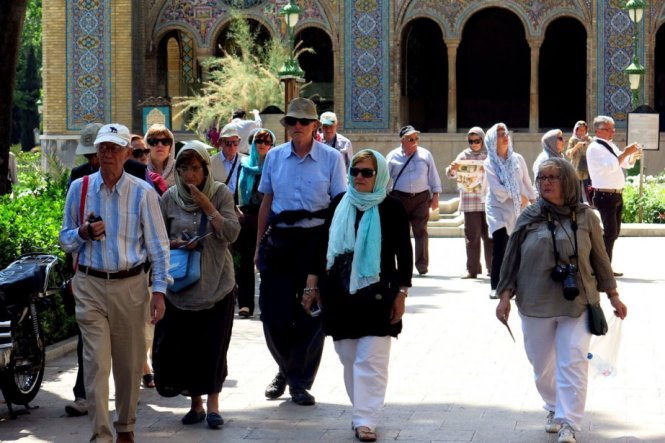
Ms. Azam Ayoubian, Director Manager at 2001 Travel Agency, states that all English or French speaking tour guides are booked through the end of 2017, and that over the past few months, four or five star hotels in Shiraz, Yazd, and Isfahan have been completed to meet the needs of visitors over the age of 50 who are not pilgrims and are more stringent than young travelers.
Currently, just 130 of Iran’s 1,100 hotels meet the four or five star level, despite the fact that the country requires more than 400 hotels of this caliber to accommodate 20 million tourists over the next ten years.
The Accor hotel group of France recently became the first Western hotel brand to open Novotel and Ibis hotels in the Tehran international airport region, making it the first Western hotel chain to be present in Iran.
Why choose Iran to travel ?
Aside from the magnificent environment, Iran boasts more than 17 UNESCO World Heritage Sites and countless archaeological treasures of the ancient country of Persia with the friendliness of local people ready to allow foreign visitors to spend the night at their homes.
Iran is also an essential component of the mythical Silk Road due to its location at the crossroads of many nations and people, as well as the impact of culture from Turkey, Russia, and Arab countries…, which has helped Iran tourist “boom” over the previous two years.
Shiraz, Isfahan, and Yazd, the three main attractions, and the holy city – Qom, are the sacred historical cities with distinctive monuments that have left a significant imprint on the tourism map of Iran.

Shiraz, the capital of ancient Persia, is today Iran’s center of culture and art, famed for having many gorgeous and fragrant flower gardens such as Narenjestan or Paradise and the Eram palace erected in the 19th century.
Shiraz’s tombs are also popular tourist destinations. The tomb of Hafez, in particular, attracts millions of tourists each year, while the tomb of the 9th-century scholar Ibn Khafif has been converted into a public library and has become a meeting place for young people…
The Regent Mosque was erected in 1773 and is noted for its spacious prayer chamber and many twisted columns. The famed Bazaar-e Vakil market, which has been around since the 18th century and has several tiny walkways with arcades and an abundance of mosaics, is one of the most beautiful markets in Iran,
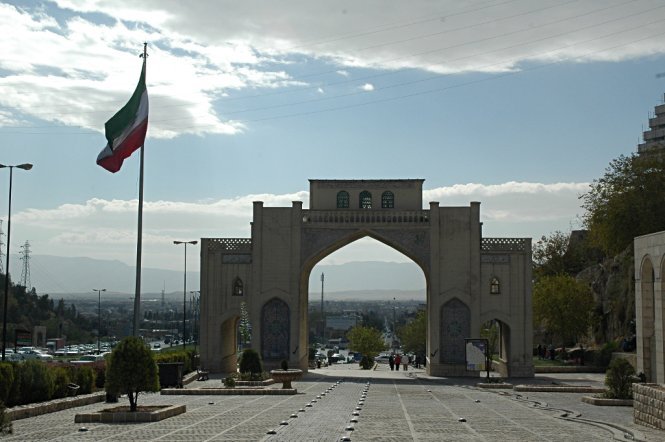
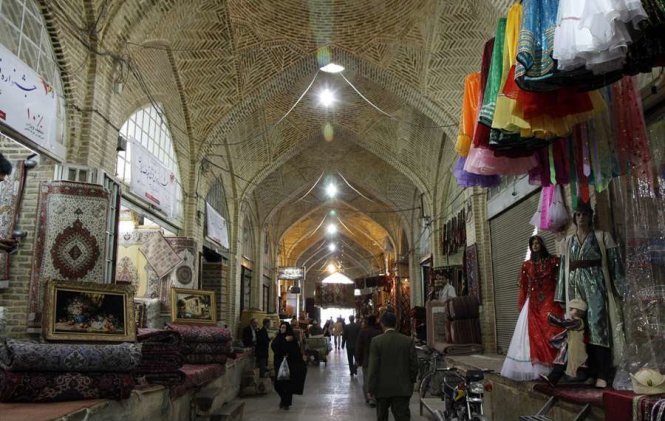
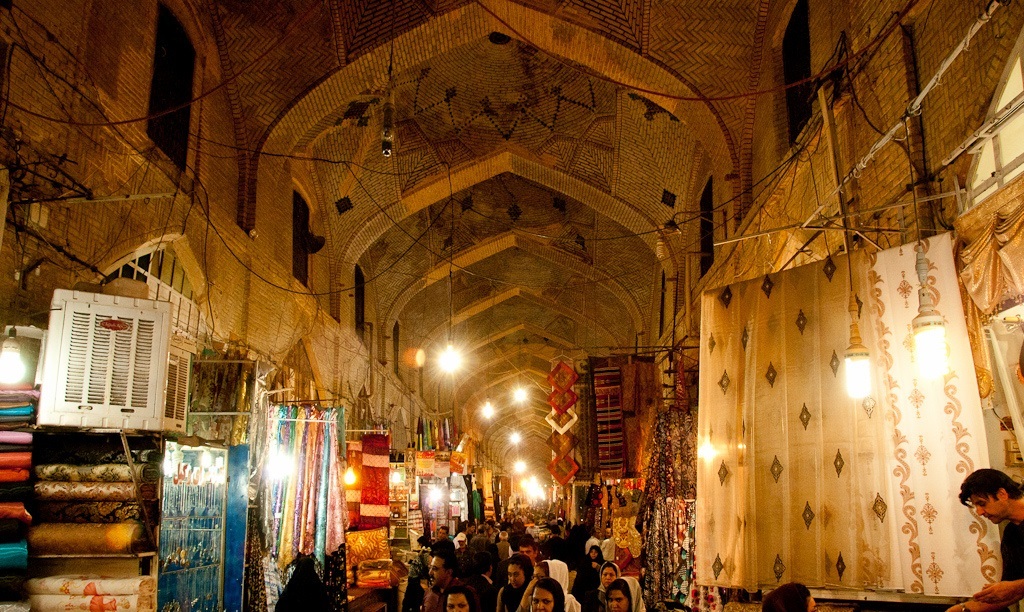
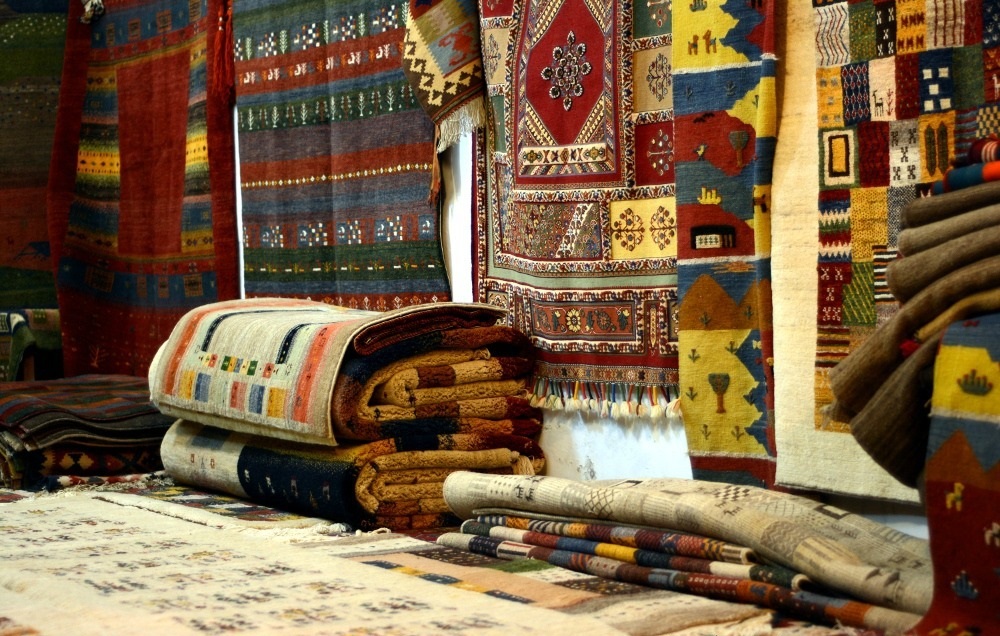
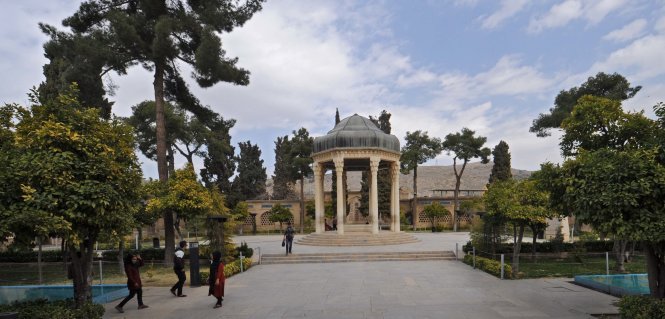
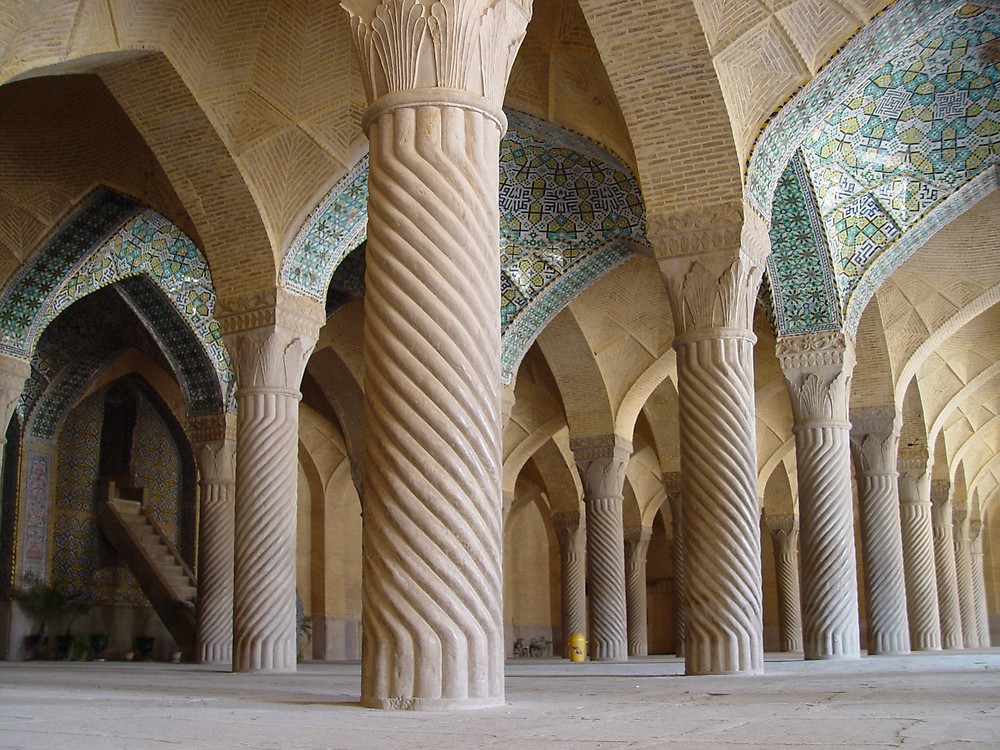
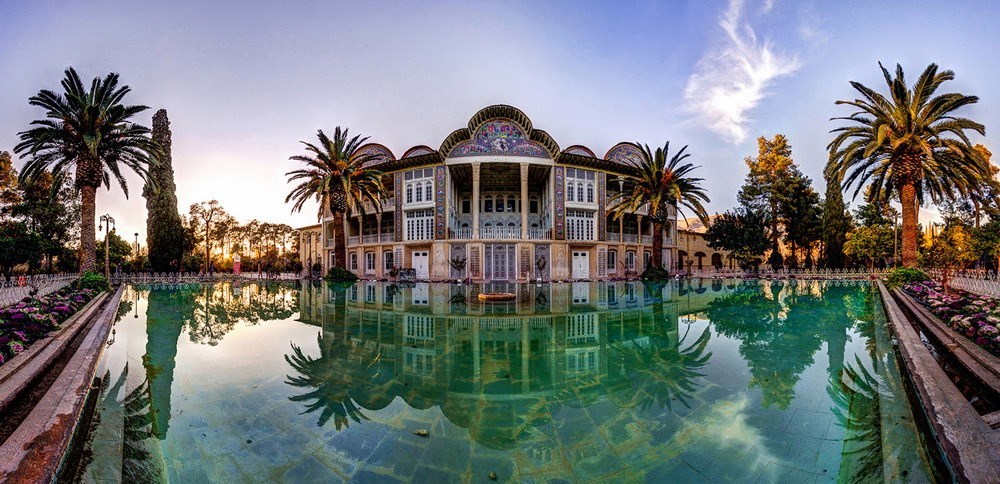
The magnificent remains of Persepolis, some 70 kilometers northeast of Shiraz and constructed in the 6th century BC and burned by Alexander the Great during his conquest, constantly captivate anyone who sets foot here.
Persepolis hosts Iran’s New Year’s Festival once a year.
Admiring the ruins of palaces, columns, steps, and tombs in Persepolis, one may envision the brilliant glory of the Persian empire in the past.
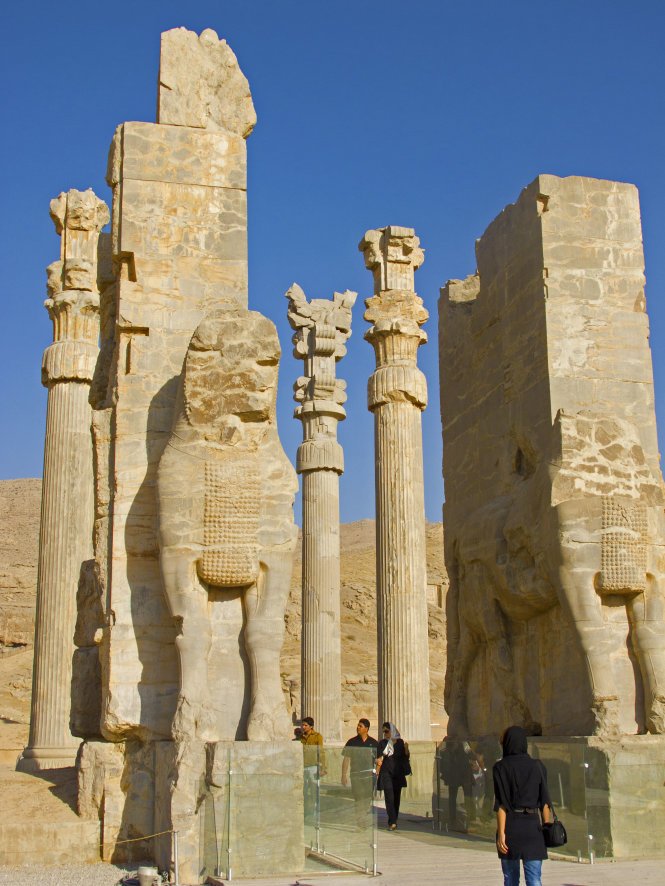
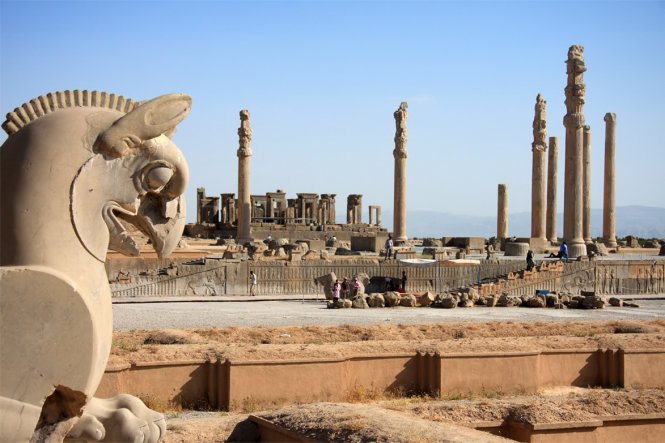
Yazd is a city in central Iran created from a desert, where the community of Zoroastrianism (an ancient Iranian religion) lives. As a result, there are several renowned Zoroastrian structures in Yazd, such as the Chak Chak pilgrimage site in the desert to the city’s left.
Many resting towers can be seen on the city’s right side, where loyal followers place the remains of their relatives and leave the remainder for… vultures in the 1960s. Yazd’s wind towers are an intriguing feature. They are still utilized as a ventilation system today, when hot air enters the tower and is directed into a cooling water tank.
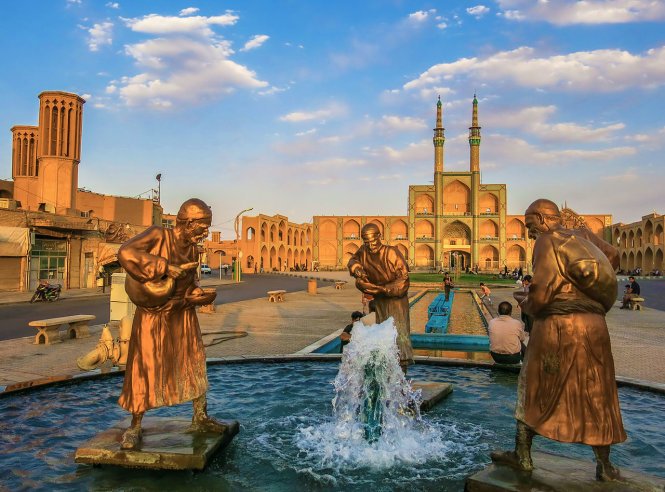
Isfahan, in central Iran, is the most popular tourist city in the country, with the massive Naghsh-e-Jahan plaza, also known as Khomeini square, which is 512 meters long and 159 meters wide, making it one of the world’s largest squares.
Sheikh Loftollah Mosque, an architectural marvel erected in the early 17th century with a magnificent dome and four lesser towers, is located in the center of this plaza.
Isfahan was the capital of Persia from 1598 to 1722 and is one of the world’s most ancient towns with a rich history.
Isfahan becomes more dreamy at night, with gentle illumination emphasizing the dome and mosaics around the mosque. This is when the locals go to the square to unwind.
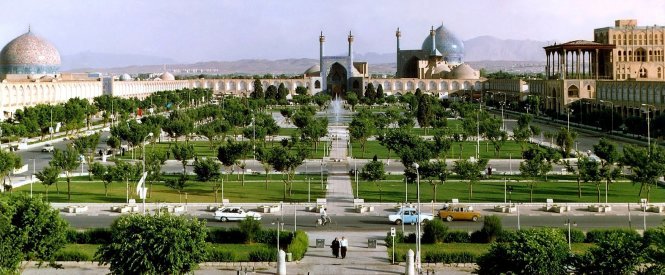
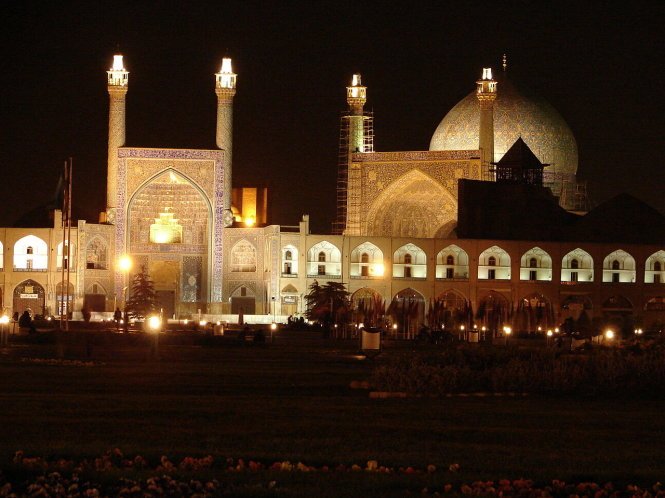

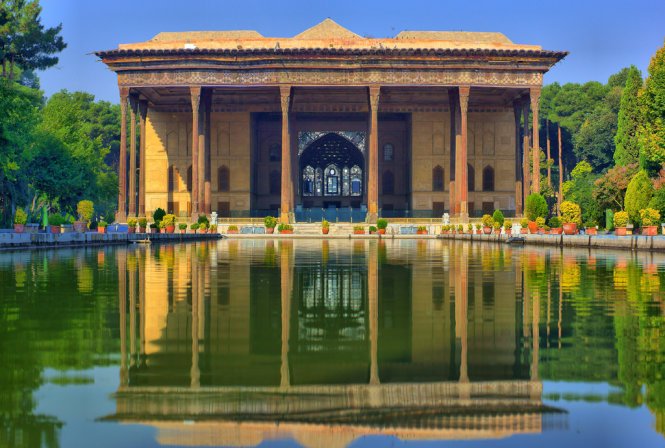
But it is the ancient bridges in Isfahan that captivate tourists.
From the 33-arch Si-o-seh pol bridge built-in 1602 spanning the Zayandeh River and Chehel Sotoun palace to Shahrestan bridge, the city’s oldest bridge, or Khaju bridge built in 1650 and regarded as the city’s most beautiful bridge, they are all crowded with tourists.
Tourists and locals alike enjoy the singing of amateur singers on weekend evenings under the arch of the bridge in Isfahan.
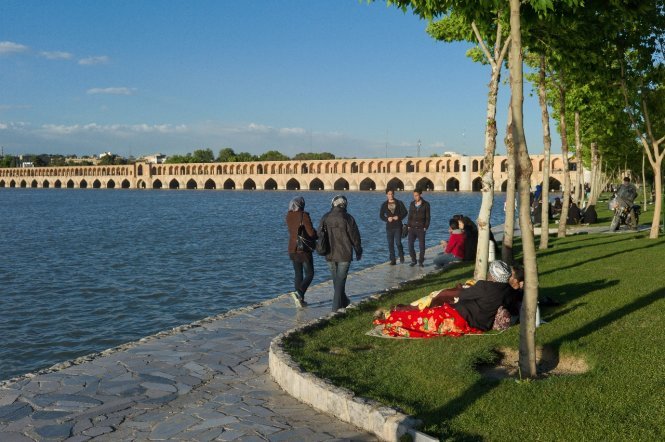

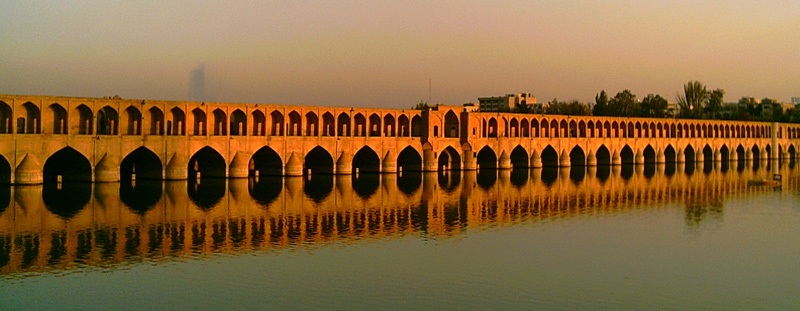
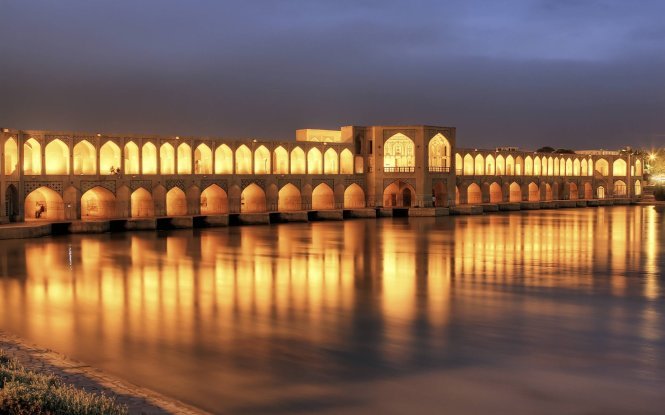
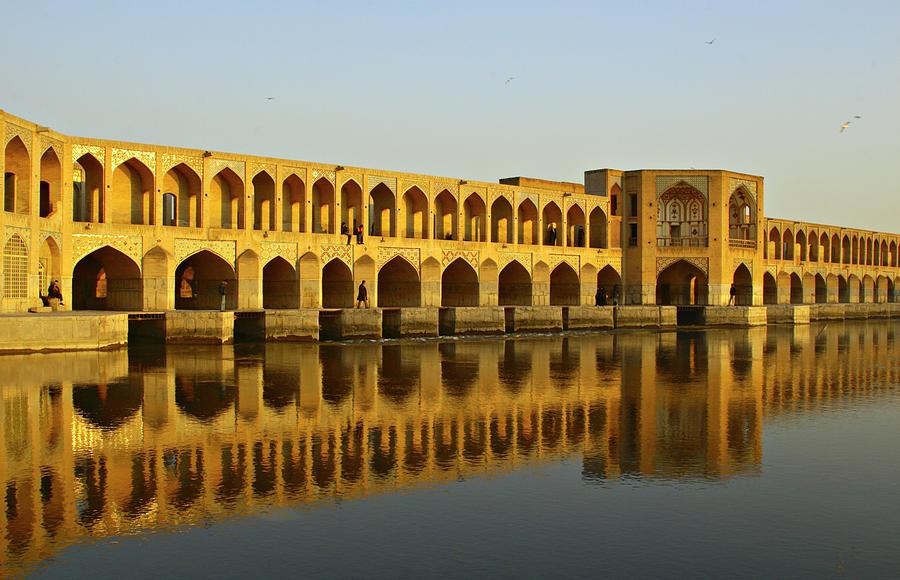
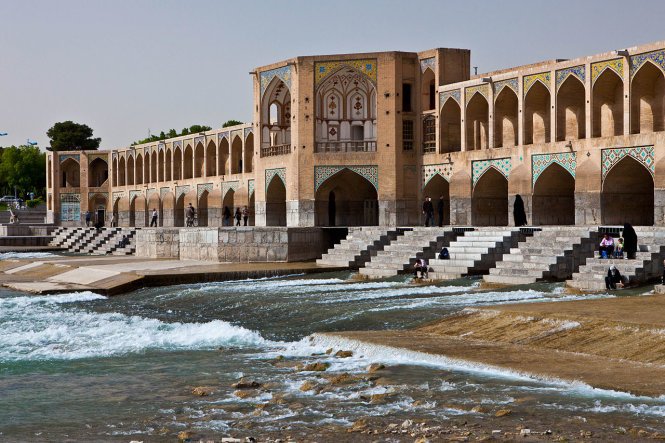
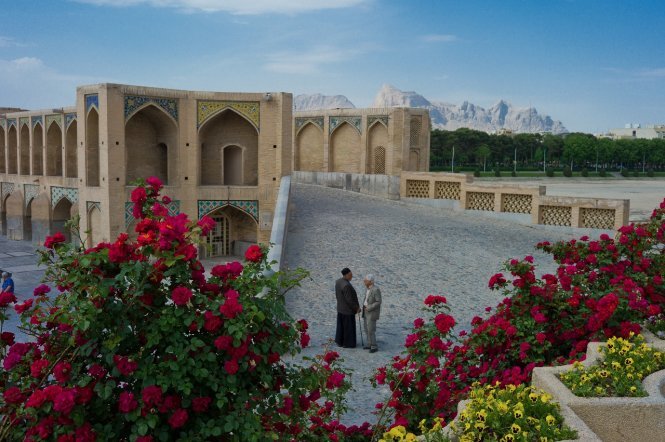

Qom (approximately 150 kilometers southwest of Tehran) is Shiism’s third holiest city, thus Shiites generally undertake the pilgrimage to Qom to pray in the mosque, visit the resting site of Fatimah Ma’sumeh, who died in the 12th century, and meet Shiite leaders.
Aside from the magnificent environment, the distinctive silk carpets, “sohan” sweets, and culinary culture in the style of ancient Persia have also drawn non-Muslim travelers to Qom…
